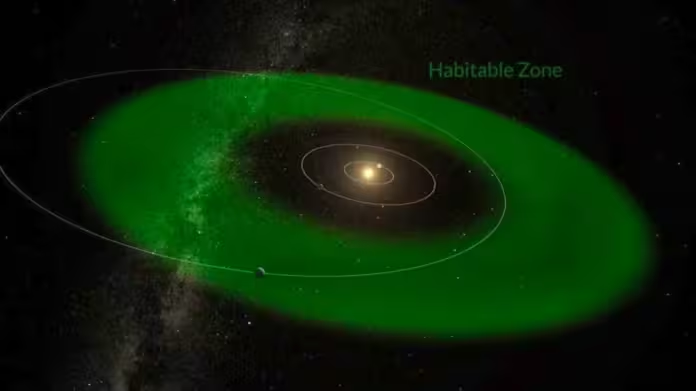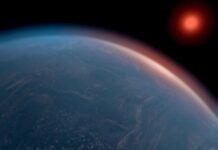An international team has confirmed the discovery of a super-Earth orbiting in the habitable zone of a nearby Sun-like star
The new planet, named HD 20794 d, has a mass six times that of Earth and orbits a star similar to our Sun, located just 20 light years away. Its orbit places it within the habitable zone of the system, meaning it is at the right distance from its star to sustain liquid water on its surface, a key ingredient for life as we know it.
Although the planet is located in the system’s habitable zone, it is too early to say whether it could host life. Unlike most planets, HD 20794 d’s orbit is not circular but elliptical. Its distance from its star changes significantly, causing the planet to move from the outer edge of the habitable zone to the inner edge throughout its year.
In any case, HD 20794 d will provide an invaluable test case for upcoming space projects designed to detect signs of life outside our solar system. These include the Extremely Large Telescope, Habitable Worlds Observatory, and Large Interferometer For Exoplanets (LIFE). These instruments will observe the atmosphere of nearby Earth-like planets in the habitable zone for tell-tale “biosignatures” indicative of life.
Dr Michael Cretignier first identified a candidate exoplanet signal in 2022
‘We worked on data analysis for years, gradually analysing and eliminating all possible sources of contamination,’ added Dr Cretignier. Advanced processing methods and meticulous analyses were needed to distinguish the planetary signal from background noise and subtle instrumental effects. By combining the results from the two instruments, the discovery was finally confirmed.
Dr Cretignier concluded: ‘While my job mainly consists of finding these unknown worlds, I’m now very enthusiastic to hear what other scientists can tell us about this newly discovered planet, particularly since it is among the closest Earth-analogues we know about and given its peculiar orbit.’







